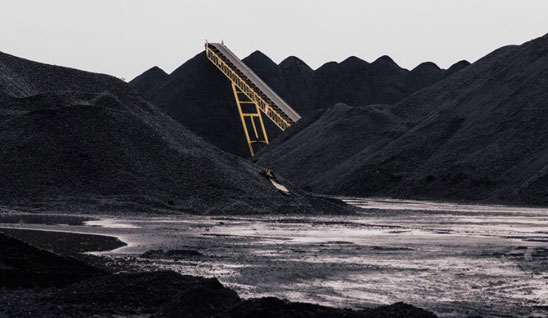
Petroleum coke business models are the means by which companies produce and sell calcined petroleum coke (also known as petcoke). The most common business model for producing and selling petcoke is to grind it into a finer granule and then heat it up in a rotary kiln to convert it into calcined petroleum coke, or CPC. It is then used as a feedstock or fuel by various industries. CPC serves a range of industrial purposes, including production of aluminum smelting anodes by Hall-Heroult. Other uses for calcined petroleum coke include power generation, tar pitch production and cement manufacturing.
The future demand for calcined Petroleum Coke will likely increase due to an increased demand for energy, aluminum, and infrastructure. Global climate change may also lead to an increase in the demand for carbon solutions such as calcined coke.
However, the growth of calcined petroleum coke is constrained by factors such as uncertainty in global economic trends, high raw material prices and price volatility, and geopolitical tensions. In spite of these obstacles, industry leaders can take advantage of valuable opportunities if they prioritize resilience and innovation. It is important to maintain investment discipline, actively engage in the business ecosystems and demonstrate a commitment towards sustainability.
Global demand for calcined petrol coke is predicted to be driven by a growing Asia Pacific population, and an industrialization that's booming. For example, India and Singapore are both investing heavily in infrastructure projects, such as building roads, dams and bridges. In order to build these infrastructures, a great deal of steel will be required.

The rotary kilns are therefore becoming more and more busy in this region, which is driving the price up of the calcined petrol coke. Some buyers however are resistant to the increased prices. The Q2 price for one buyer was $245 FOB Gulf. It is a significant increase from Q1's $230. He stated that his supplier was trying to pressure him to accept higher prices, to which he responded immediately.
In order to control the costs associated with calcining, smelters often add a CPC blending system. They can then use a blend of high and low sulfur petcoke in order to reduce supply risks and maximize project economics. The capital cost of adding a CPC blending system is relatively small in relation to the total smelter investment, and it has a payback period of less than 10 years.
Porter's Five Forces Analysis is another way to analyse the calcined petrol coke market. It is a great way to identify and understand potential threats, opportunities, and the competitiveness in a particular market. Also, it helps to establish the company's growth strategy. In addition, the analysis can help to better understand value chain dynamics and find new business opportunities. It is crucial for anyone looking to break into the calcined oil coke market.

Write a Message